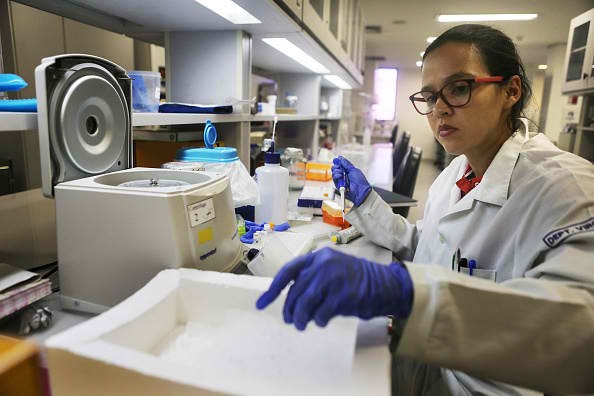Scientists in Shanghai have found a new way to detect disease through the use of microscopic DNA samples. This breakthrough in medical research will launch a new wave of treatment for cancer and venereal diseases.
The new technique is called "LcnPCR." It took 10 years for scientists to perfect the technique. These researches were made by experts from the Institute of Biochemistry and Cell Biology in Shanghai.
Wang Xuecai, deputy director of the institute said that the new technique is already seen in major molecular biology textbooks around the world.
The new technique is an improved version of polymerase chain reaction (PCR). The method is used in all hospitals and labs worldwide.
PCR enables technicians and scientists to obtain lab results but with a high margin of error. This reaction amplifies a segment of DNA so that the patterns can be determined.
Aside from detecting diseases, it is useful in the monitoring of genetic diseases, identification of criminals, and studying the function of targeted segment.
LcnPCR can produce more accurate results and a higher level of sensitivity.
Hong Guofan, the lead researcher of the team, said that LcnPCR will help forensic experts in crime investigation. The new method will be able to quarantine officers detect disease.
HPV can now be accurately detected through the new technique. HPV is the cause for cervical cancer.
Zhou Tianjun, another researcher, said, "The wrong diagnosis may lead to excessive medical treatment and a heavy emotional impact on some patients, while it would lead to delayed treatment for others."
With LcnPCR, pharmaceutical companies will be able to formulate solutions addressing diseases in the microbiological level.
Zhongrui International, a biotech company based in Shenzhen, already signed a deal with the institute valued at 10 million yuan for exclusive rights on the technique.



























